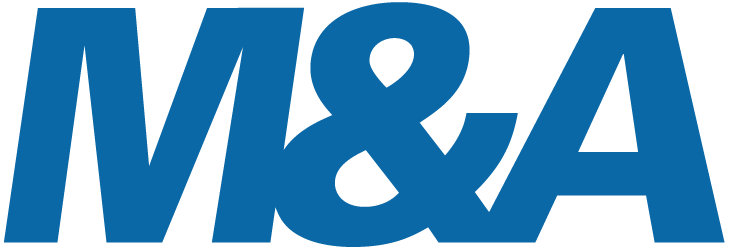Harmonizing after a merger or acquisition

A merger or acquisition typically changes a lot for an organization and its employees. Right after Day 1, the focus is usually on the successful integration of the two organizations. Every so often, harmonizing employment conditions is postponed as a result. Understandable, but not always wise.
Cooperation between employees of the two legacy organizations is less effective when the new organization does not really operate as ‘One Company’. Being one organization is not only about the company name and the integration of systems, but also about how employees are rewarded in relation to one another. Maintaining different employment conditions can lead to employee dissatisfaction.
Moreover, one can question whether the existing reward strategy supports the Employee Value Proposition of the combined organization. In order to attract, retain and motivate key employees after the deal, timely evaluation and potential harmonization of employment conditions is crucial.
Experience shows that the longer a harmonization is postponed, the more difficult it becomes. Look beyond integration of functions and systems alone and consider harmonization of employment conditions both as a risk mitigation measure as well as an opportunity to boost employee engagement.
Harmonizing in times of crisis
Not all industries are impacted in the same way by the current situation. Some organizations are actually doing better than before. At the same time, many organizations are in financial distress. Cost-cutting measures are often necessary for such organizations, including realizing personnel cost savings. Both management and employees understand this. In times of crisis, employees and works councils will be more inclined to accept changes in employment terms and conditions to safeguard business continuity and employment.
Harmonizing the total reward package at once, including pensions, can lead to immediate cost savings. After all, less time and manpower are needed for administration, execution and communication. Moreover, in the longer run harmonization can lead to cost savings by settling expensive schemes and/or ceasing to offer these to new employees.
Another way to save costs is harmonizing towards a new reward package that costs less to the organization, but does not decrease the value that employees attribute to it. This can be done by focusing on reward elements employees value most, for instance by converting expensive benefits into a cash budget. Along these same lines companies can consider to offer employees the opportunity to exchange fixed salary for an increased variable pay opportunity that is potentially more lucrative than the salary reduction. This will save personnel costs when company performance is poor and allows only for higher costs when company performance is strong.
Modernizing employment conditions
A different way of working asks for a different way of rewarding employees. The world has changed considerably in the past year. This also applies to the way of working and how employees value their employment conditions. For example, working from home is for many now the rule rather than the exception. As a result, mobility schemes have largely lost their perceived value, while other employment conditions are experienced as being more valuable. More attention is currently paid to offering vitality programs or the possibility of flexible working hours. By converting expensive employment conditions into less expensive but higher valued alternatives, organizations can save costs and increase employee satisfaction at the same time.
Another reason to modernize total reward packages is the new pension agreement that was recently agreed upon. Due to an aging population, generally low interest rates and a labor market with more frequent job changes, the pension system needed to be reviewed as we also see happening with other employment conditions. The revisited pension landscape can serve as a good opportunity to evaluate and modernize your pension plan as well as the broader reward package to ensure that your total reward package is future-proof.
Stephan van de Groep is a remuneration consultant at EY and frequently advises organizations about how their remuneration policies can become more effective.









